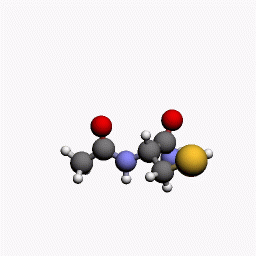Chemical engineering is a branch of engineering that applies the physical sciences and/or life sciences together with mathematics and economics to processes that convert raw materials or chemicals into more useful or valuable forms. Chemical engineers are also concerned with pioneering valuable materials and related techniques, which re often essential to related fields such as nanotechnology, fuel cells and biomedical engineering.
Within chemical engineering there are two broad subgroups. The first includes design, manufactures and operation of plants and machinery in industrial chemical and related processes. The second has to do with the development of new or adapted substances for products ranging from foods and beverages to cosmetics to cleaners and pharmaceutical ingredients.
Chemical engineers develop economic ways of using materials and energy as opposed to chemists who are more interested in the basic composition of materials and synthesizing products. Chemical engineers use chemistry and engineering to turn raw materials into useable product, such as medicine, petrochemicals and plastics. The applied and research facets make extensive use of computers.
© BrainMass Inc. brainmass.com June 28, 2024, 9:04 am ad1c9bdddf


